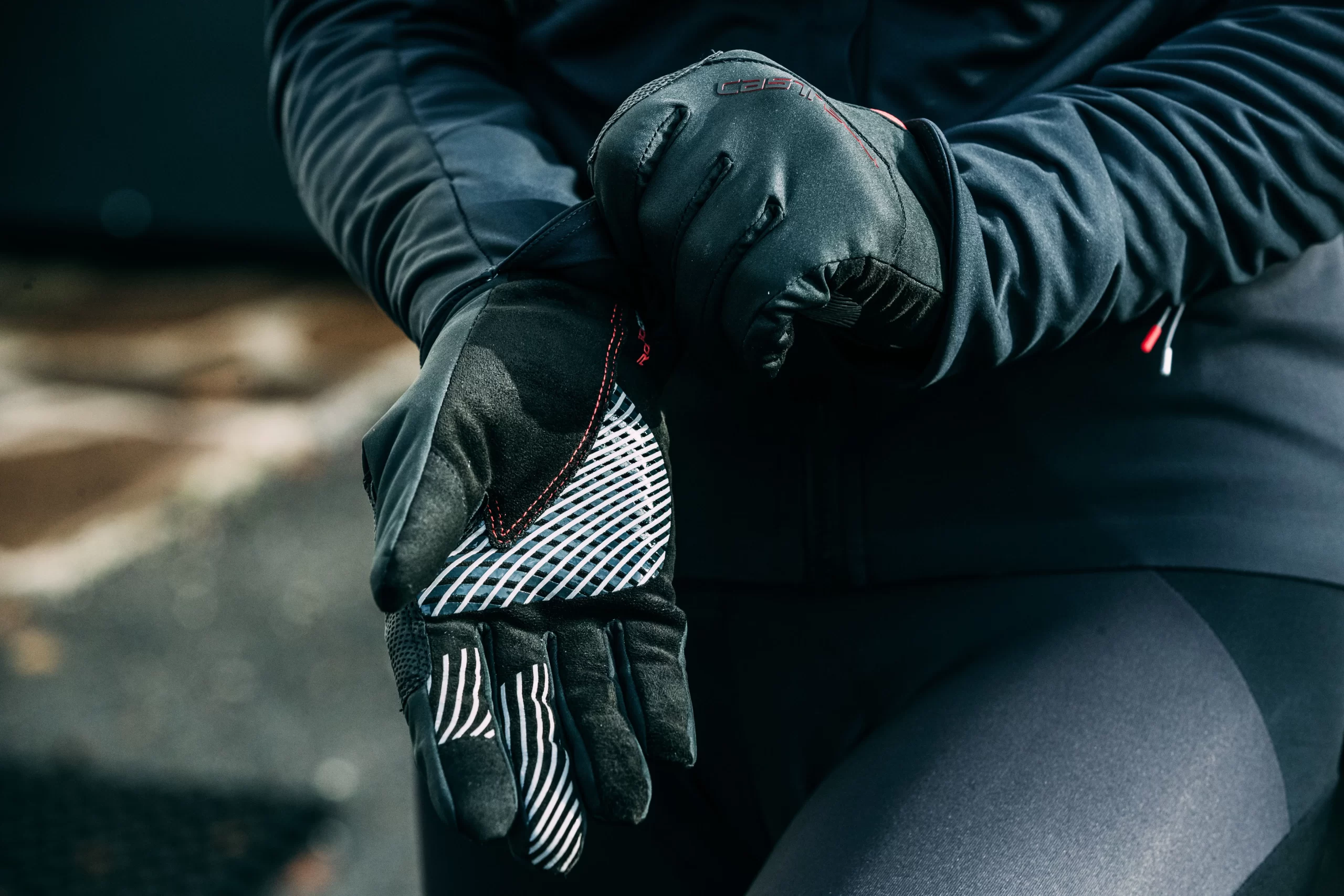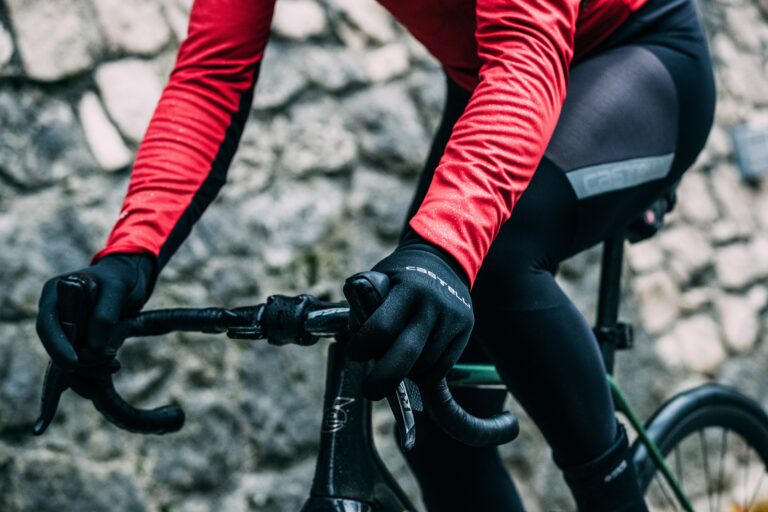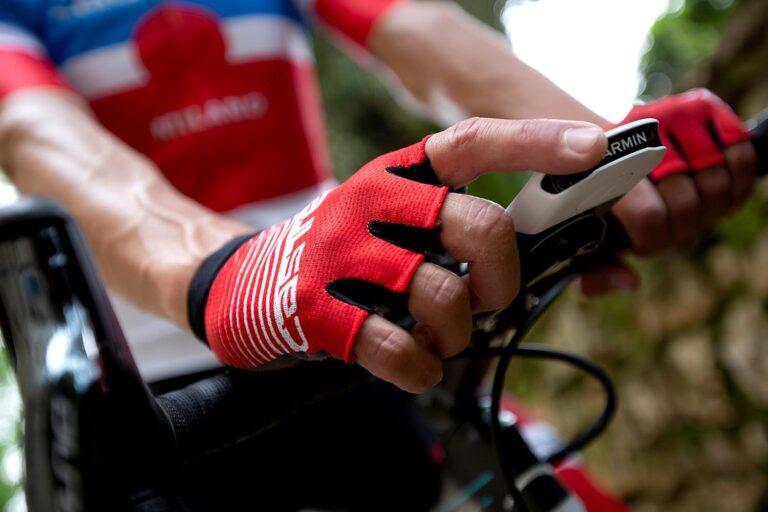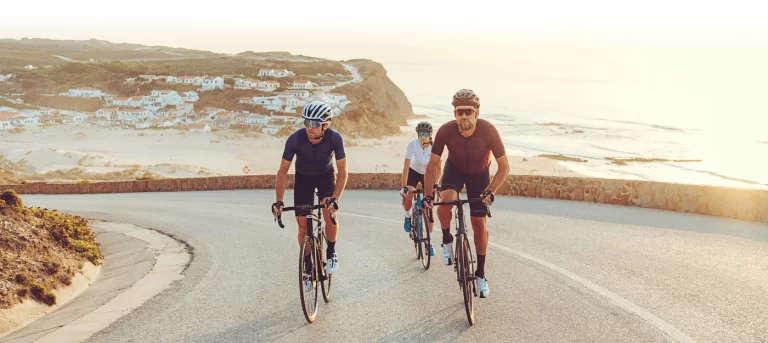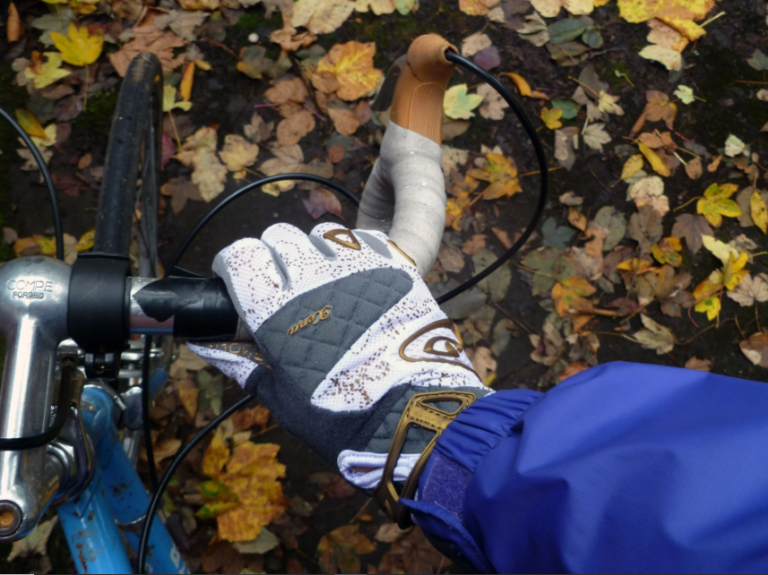The Essential Guide to Selecting Waterproof Gloves for Wet Conditions

Key Point Summary of Selecting Waterproof Gloves for Wet Conditions:
- Material Matters: Look for gloves with waterproof and breathable membranes like Gore-Tex.
- Fit and Comfort: Gloves should be snug but not restrictive, allowing for natural hand movement.
- Insulation: For cold conditions, insulation is key. However, balance warmth with the ability to control your bike.
- Grip: Ensure the gloves offer a good grip, even when wet.
- Durability: Choose gloves designed to withstand the rigors of cycling in adverse conditions.
When it comes to cycling, the challenge doesn’t stop just because the weather turns foul. Rain, sleet, and snow can transform a routine ride into an epic adventure, or a miserable slog, depending on your gear. Among the essentials for wet weather riding, waterproof gloves hold a pivotal role. They keep your hands dry, maintain dexterity, and ensure a firm grip on the handlebars.
Selecting the right pair of waterproof gloves can be the difference between embracing the elements and counting the minutes until you’re home and dry. Here’s what you need to know to make an informed choice.
Understanding the Importance of Material
Waterproof gloves rely on materials that can repel water while allowing vapor from sweat to escape, preventing the clammy feeling that can come from less breathable options. In my adventures, gloves featuring a Gore-Tex membrane have consistently stood out for their ability to keep water out while letting my hands breathe, ensuring comfort even in a downpour.

The Right Fit is Crucial
A glove’s fit is paramount for maintaining control over your bike. Too tight, and you risk cutting off circulation; too loose, and you’ll find your hands slipping just when you need precision. I prefer a fit that feels like a second skin, snug enough to forget I’m wearing them yet flexible enough to allow a full range of motion.
Don’t Overlook Grip
Wet conditions put your grip to the test. Gloves with textured palms and fingers can provide the extra traction needed to hold onto slick handlebars. I recall a descent on a rain-slicked mountain pass where my gloves’ grip made all the difference, turning a potentially treacherous situation into a confidently navigated challenge.

Insulation: A Balancing Act
In colder climates, insulation becomes a factor. However, too much bulk can impede your ability to shift gears or brake effectively. Gloves that strike a balance between warmth and functionality are key. I’ve had gloves that kept my hands toasty but felt clumsy on the controls, and others that were sleek but left me shivering. Finding that middle ground is essential.
Durability for the Long Haul
Cycling gloves face abrasion from handlebars, exposure to the elements, and the occasional tumble. Durability, then, is a non-negotiable feature. Reinforced areas, especially around the palms and fingers, can extend the life of your gloves, making them a wise investment.
The Standout Choice: Why Overlook It?
Among the myriad options, one pair has consistently risen above the rest in my experience: the Castelli Estremo Glove. Here’s why:
Material: The Estremo is designed with a windproof and water-resistant Gore Windstopper X-Fast fabric on the back of the hand, which is paired with a water-repellent synthetic palm. This combination ensures that your hands stay dry and warm in wet conditions.
Fit and Comfort: Castelli has engineered the Estremo Glove with a snug fit that mimics the natural shape of the hand, ensuring flexibility and comfort even on long rides. The fleece lining adds an extra layer of warmth, making them ideal for cold, wet weather.
Grip: The palm features silicone grip patterns that enhance handlebar control in wet conditions, ensuring safety and confidence on slick roads.
Durability: Castelli is known for its high-quality construction, and the Estremo Glove is no exception. They are designed to withstand the rigors of serious cycling, with reinforced areas to resist wear and tear.
The Castelli Estremo Glove embodies the qualities needed for serious wet and cold weather cycling, making them an indispensable part of your gear arsenal. Their ability to keep the elements at bay while ensuring you remain in control and comfortable is why they should not be overlooked.
Selecting Waterproof Gloves for Wet Conditions: In Conclusion
Equipping yourself with the right waterproof gloves can transform your wet weather rides from endurance tests to enjoyable excursions. By prioritizing materials, fit, grip, insulation, and durability, you can select gloves that will serve you well through rain-soaked rides and beyond. The Castelli Estremo Gloves stand out as a prime example of what to look for in your quest for the perfect pair.

As with any cycling gear, personal preference plays a significant role, but the principles outlined here should guide you to a decision that ensures many happy, dry miles in the saddle, regardless of the weather.
FAQ
What gloves should be use for work in wet areas?
For work in wet areas, gloves made from waterproof materials like nitrile or PVC, often with additional grip features and possibly a thermal lining for warmth, are recommended. Look for gloves specifically designed for industrial or outdoor work that offer both water protection and durability.
How do you know if gloves are waterproof?
To know if gloves are waterproof, check the product specifications for terms like waterproof and materials known for being impermeable to water. Some products may also have certifications or ratings indicating their waterproofness.
What is the difference between waterproof and water repellent gloves?
The difference between waterproof and water-repellent gloves lies in their ability to resist water. Waterproof gloves provide complete protection against water penetration, often featuring sealed seams and materials that block water entry. Water-repellent gloves, on the other hand, are treated with a coating that causes water to bead up and roll off the surface, offering moderate protection but potentially allowing water to penetrate in heavier or prolonged exposure.
Should I get waterproof gloves?
Whether you should get waterproof gloves depends on your specific needs. If you’re frequently exposed to wet conditions and need to keep your hands dry to prevent discomfort, reduce the risk of skin issues, or maintain dexterity, waterproof gloves are a wise choice. For light moisture or occasional exposure, water-repellent gloves might suffice.
Ride on
John
